The term ‘chakra’ literally means ‘wheel’ in Sanskrit. There are seven chakras located along a person’s body, and it serves as the main energy points of the body. Unblocking these chakras will allow energy to move freely.
Simply put, chakra is the wheel of free-flowing positive energy.
Each chakra has an equivalent name, color, location, element, sound, and stone as they correspond to various nerves, organs, and parts of a person’s energetic body which affects an individual’s physical and emotional health.
For this beginner’s guide, we will talk about the 7 chakras to help you identify when they are open, or blocked.
1. Root Chakra (Muladhara)
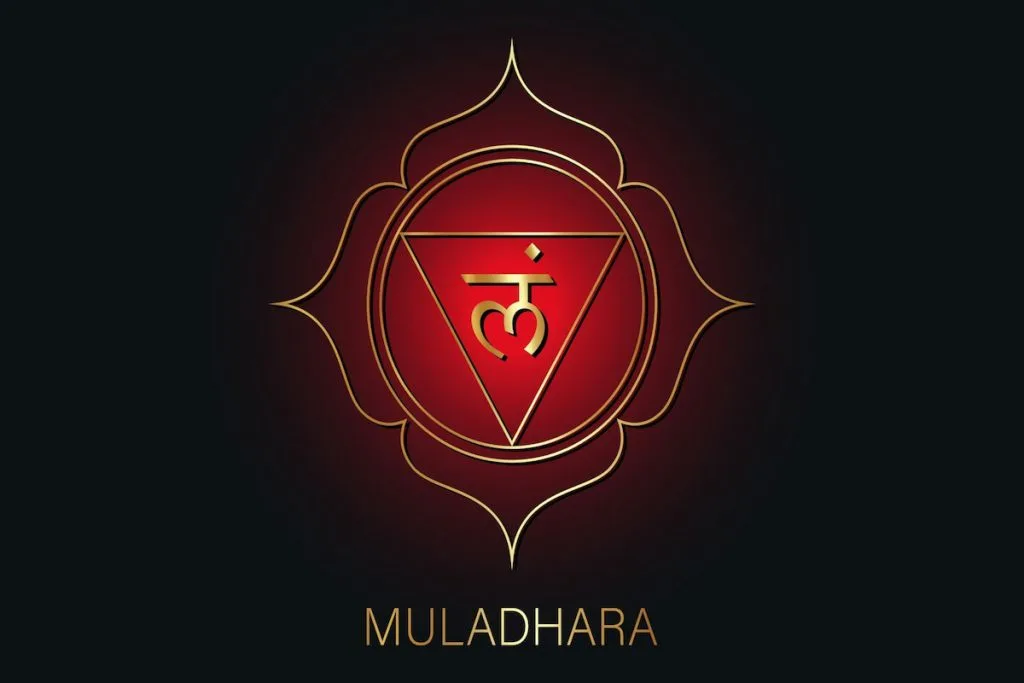
Sound: Lam
Location: At the bottom of the tailbone, base of spine
Color: Red
Element: Earth
Stone: Hematite
The word Muladhara translates to ‘root’ and ‘support’. This chakra serves as our foundation that helps us feel grounded since its role is to link our physical energy with the Earth.
The root chakra is also connected to our instinctual urges to survive, including food, sleep, breathing, sex, and survival.
When the root chakra is open and balanced, we feel peaceful and confident in overcoming challenges. We feel safe since our knowledge tells us that all our vital needs are met. This is where all body healing begins.
However, when the root chakra is blocked, we feel threatened, resulting in low self-esteem. Physical health concerns may also manifest, including constipation, bladder and colon issues, and arthritis. It may also exhibit in our mental health, as we may feel insecure about our basic needs, such as our finances.
2. Sacral Chakra (Swadhisthana)
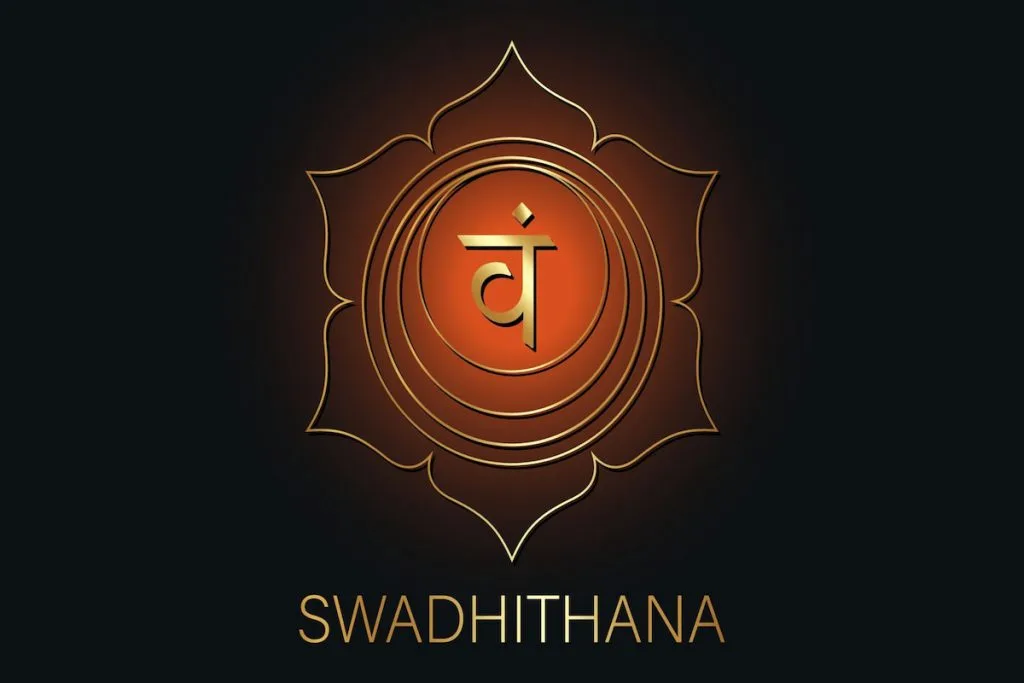
Sound: Yam
Location: Lower abdomen, in the pelvic region, a few inches below the navel
Color: Orange
Element: Water
Stone: Tiger’s Eye
Also referred to as ‘the place of the self,’ the Swadhisthana is all about how we connect our emotions with other’s emotions. It governs our creative identity and our sexual energy as humans.
The Sacral chakra allows us to enjoy our life on Earth through fulfillment of pleasurable activities, such as satisfying foods, sex, and other artistic activities.
When the Sacral chakra is open and aligned, we feel more appreciative of good things in life, allowing us to be more creative, positive, and dynamic to change.
However, when this chakra is blocked, we feel emotionally unstable as if we lack control of our lives. We doubt our worth as we tend to be hard on ourselves. It will also manifest to our physical health, and is associated with organs, such as lower back pain, impotency, and urinary tract infection.
3. Solar Plexus Chakra (Manipura)
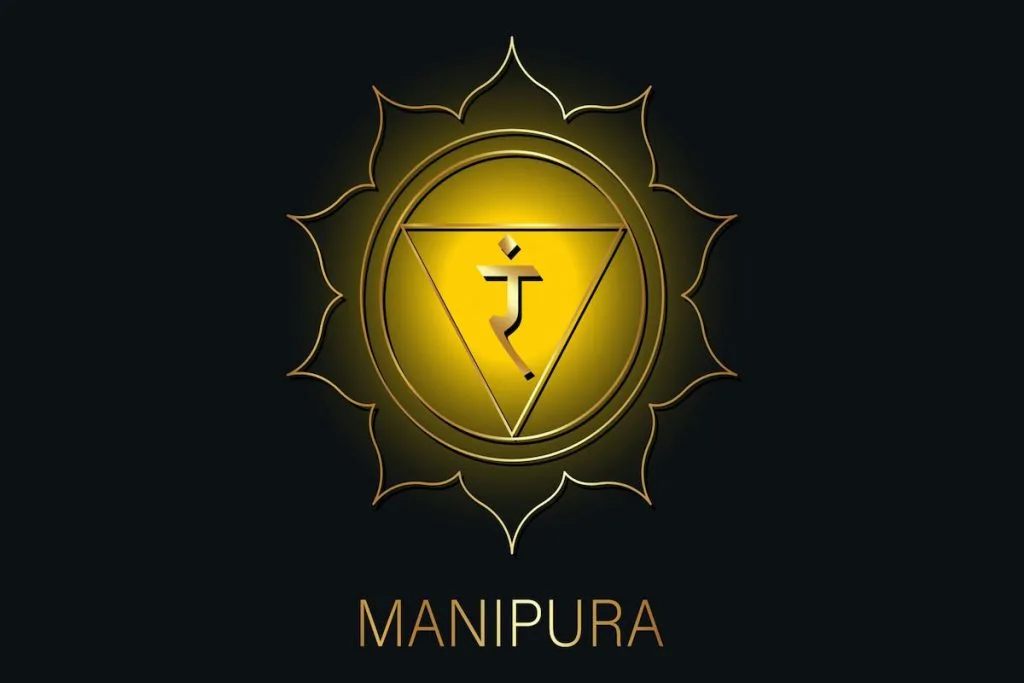
Sound: Ram
Location: In the stomach area, upper abdomen
Color: Yellow
Element: Fire
Stone: Amber
Also called the ‘Warrior Chakra’, the Manipura is about our capability to be assertive and in control of our lives.
When was the last time you felt that everything’s going well? That’s the Solar Plexus Chakra at work. Imagine this chakra as our body’s energy powerhouse.
This chakra is the strongest supporting chakra for boldness and bravery. When we feel angry, we can almost physically feel the raging energy on our body. We can also feel it when we need to defend ourselves.
When this chakra is open and balanced, we are free to show our true selves. We also feel worthy and confident of ourselves.
However, when the solar plexus chakra is blocked, we tend to be cowardly, and we may also feel ashamed. We also tend to have self-doubt and low self-esteem. It also manifests to our physical body through digestive issues, including heartburn, eating disorders, ulcers, and indigestion.
4. Heart Chakra (Anahata)
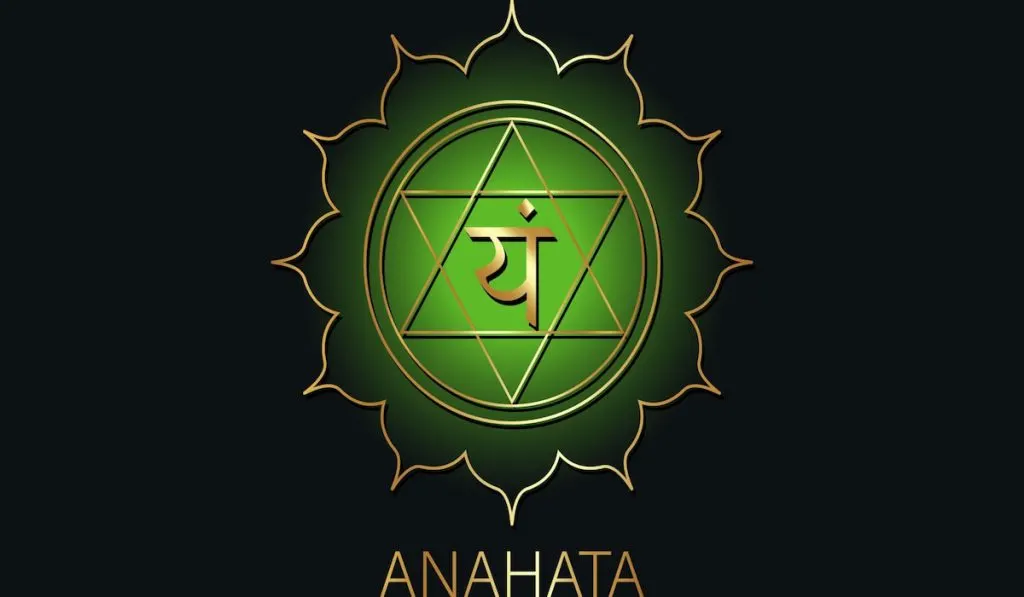
Sound: Yam
Location: At the center of the chest
Color: Green
Element: Air
Stone: Rose Quartz
Anahata means the state of being unhurt, so when we feel the emotion of love, thoughtfulness, compassion, and the likes, it’s this chakra that is working.
The Heart chakra is the bridge between the upper and lower chakras. This chakra affects our capability to give and receive love. Basically, the heart chakra is all about the best healing frequency – love. However, this chakra also has the ability to cast our deepest feelings of sadness, despair, insecurity, and regret.
When our heart chakra is open and aligned, we quickly feel the emotions of love and empathy for ourselves, and for others.
However, when this chakra is blocked, it makes it hard to open up with people. It also makes us feel uncertain, alone, and isolated. Aside from manifesting in emotional issues, we can also feel this chakra reflecting on our physical health through heart problems, such as asthma and weight problems.
5. Throat Chakra (Vishuddha)
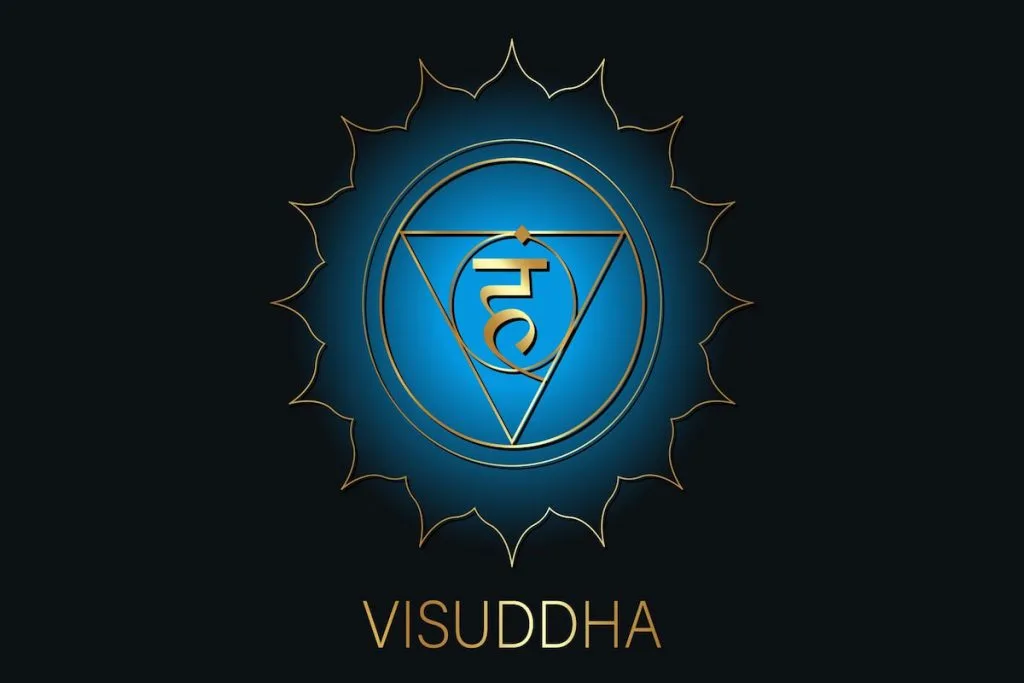
Sound: Ham
Location: Middle of the throat
Color: Light Blue/Turquoise
Element: Sound/Music
Stone: Aquamarine
The Vishudda is linked to our capability to use our verbal communication skills, helping us to speak up. It serves as the voice of the heart chakra that allows us to verbally communicate what our heart feels, as well as to verbally express our preferences, values, and beliefs.
If open and balanced, we feel confident when we speak knowing that the words coming from our mouth are true and sincere, allowing us to express ourselves clearly. We also tend to become better listeners, comprehensively listening to others words without judgement.
When this chakra is blocked, we may have a hard time speaking our mind as if we can’t find the right words to truly express what we feel. We also tend to dominate the conversation, and talk without listening. Voice and throat problems can also manifest if this chakra is blocked, and we may suffer from teeth, gum, and mouth issues.
6. Third-Eye Chakra (Ajna)
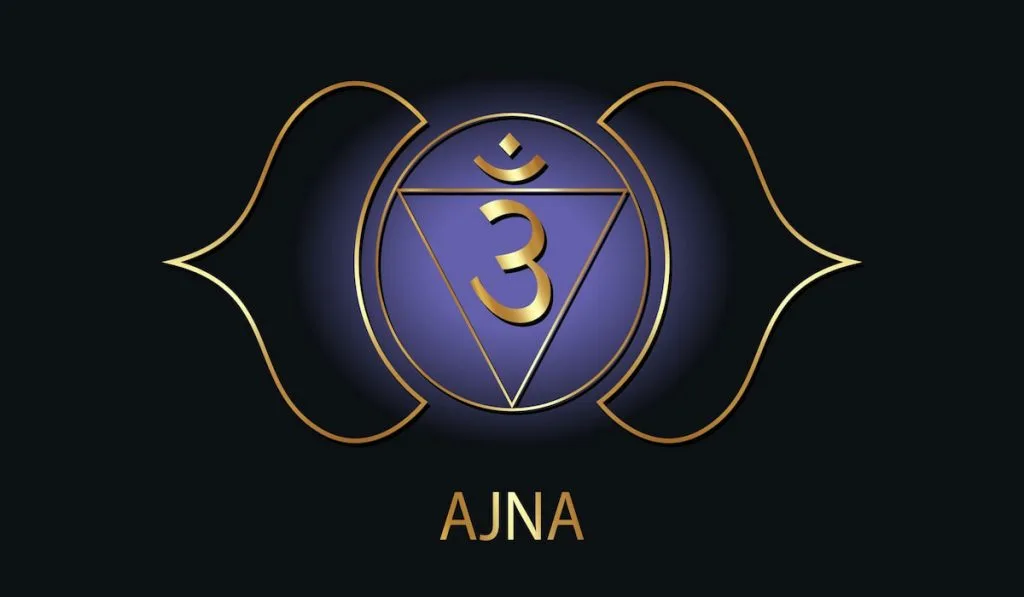
Sound: OM
Location: Forehead between the eyebrows
Color: Dark Blue/Purple
Element: Light
Stone: Amethyst
Also referred to as the ‘Brow Chakra’, Ajna translates to ‘beyond wisdom’. The third-eye chakra governs our capability to see the bigger picture that links to our intuition, or the sixth sense.
Imagine the third-eye chakra as the eye of the soul: the information absorbed is interpreted beyond the surface level.
When this chakra is open and aligned, we tend to follow our intuition and be able to perceive the big picture. We are able to connect ourselves with our ego and our soul.
When the third-eye chakra is blocked, we feel close-minded, untrusting, and we tend to base our decision on logic and inner wisdom. Like other chakras, blockage of this chakra can also manifest to our physical health, including headache, hearing issues, sight and concentration problems.
7. Crown Chakra (Sahasrara)
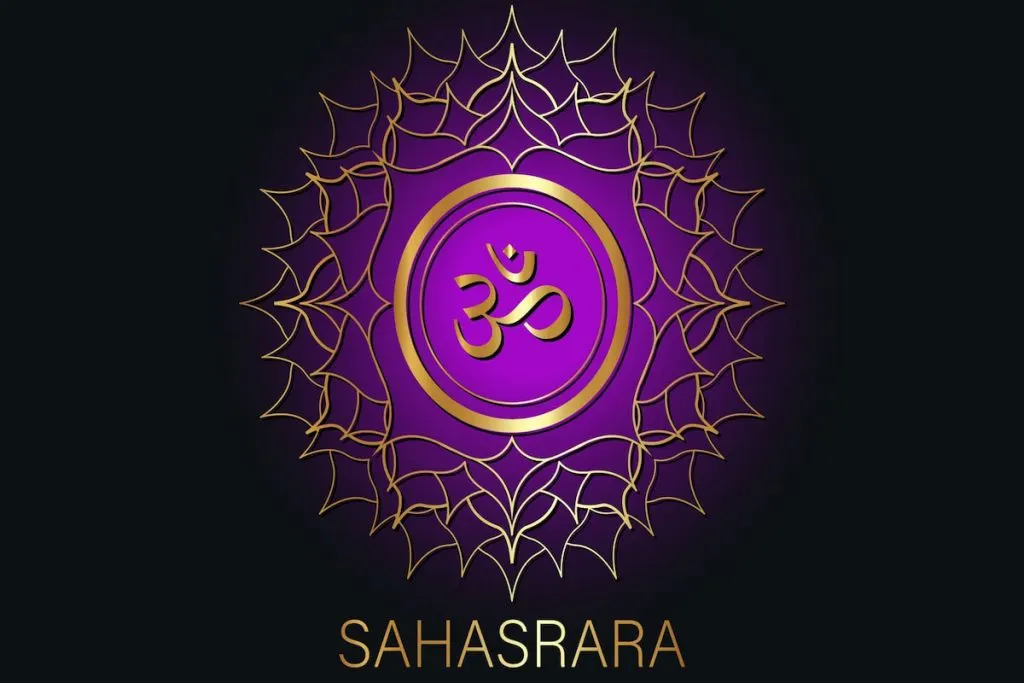
Sound: OM
Location: At the very top of the head, on the crown
Color: Violet/White
Element: Divine Consciousness
Stone: Clear quartz
The Sahasrara is the highest chakra that represents our capability to be completely connected spiritually.
When this chakra is fully opened, which only few people are able to do, we are able to enter a higher consciousness, allowing us to understand who we are beyond our physical self.
This chakra connects to everything beyond our ego. It is the main point of enlightenment, allowing us to connect to the ‘Universe’, to the ‘Divine’, or to ‘God’.
Since aligning this chakra is not an easy task, achieving it became a goal of any spiritual practice. Once you balance this chakra, you discover what’s behind who you really are.
A person with a blocked Crown chakra tends to be headstrong, doubtful, and narrow-minded.
Conclusion
While each chakra has their own roles, they work as one. Which means that if one chakra is blocked, it can negatively affect other chakras as well.
To keep chakras open and aligned, there are various activities to try, such as yoga, meditation, pranayama practices, music, and specific types of bodywork.
